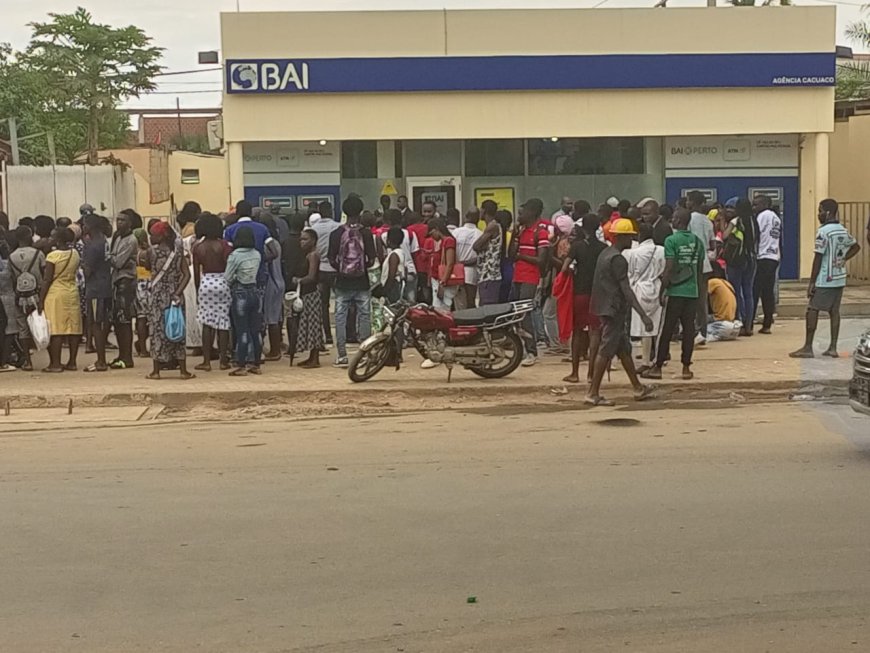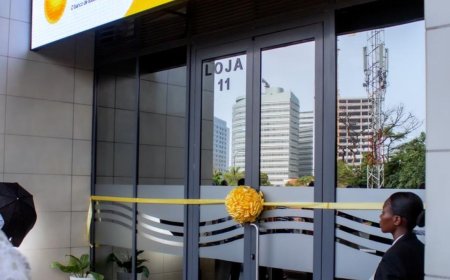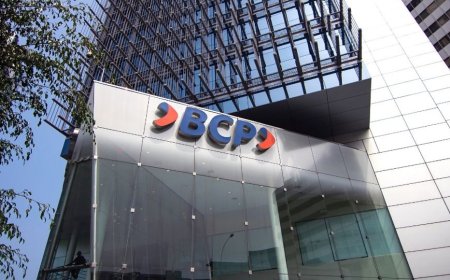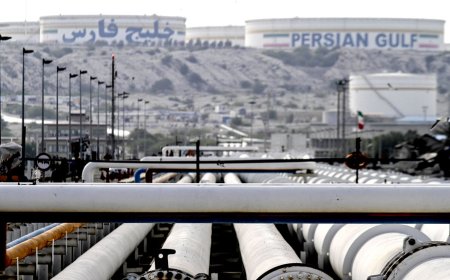For every 1,000 Kwanzas lent by commercial banks to families and companies, 160 Kwanzas are in an irregular situation.
Until September this year, total gross credit was valued at 7.3 billion Kanzas. Thus, after all, of the 7.3 billion Kz that the banks' gross credit was worth in September, almost 1.2 billion Kz were in default.
Dário do Leste
Non-performing loans from commercial banks on the total number of loans released by the 23 institutions operating in the country rose again by 16% to 1.2 billion Kwanzas, an increase of 1.6 percentage points compared to the level of December 2022, according to the data from the Financial Solidity Indicator of the Angolan Banking sector to which Kieto Economia had access.
Until September this year, total gross credit was valued at 7.3 billion Kanzas. Thus, after all, of the 7.3 billion Kz that the banks' gross credit was worth in September, almost 1.2 billion Kz were in default.
In total, there are more Kz 315.1 billion in non-performing loans than in December 2022, when non-performing credit in banks was around Kz 857.9 billion. In dollars, the 1.2 billion Kz were equivalent, at the exchange rate on the last day of September, to 1,420 million USD, equivalent to 280 million USD less than at the end of 2022.
The fact that the bad debt rose in kwanzas and fell in dollars is due to the exchange rate devaluation, since from the last day of 2022 until September 30, the national currency depreciated 39% against the North American currency.
Thus, for every 1,000 Kz of gross credit in the national financial system, 160 Kz were non-performing in September.
Gone are the times when non-performing loans were worth 34.5% of banks' gross credit, as happened in June 2019. As the total gross credit was 4.9 billion Kz, at the exchange rate at the time it was equivalent to 14,494 million USD. In other words, the bad debt in June 2019 was 5,000 million USD. It was only after a year that it dropped substantially, when in June 2020 Recredit "took over" the defaulting credit from the largest public bank, BPC. And it dropped to 2,026 million USD, which is a sign of the weight that the BPC's bad debt had on the aggregate of defaulted credit across the entire bank.
Although today we are very far from these values, for several experts the scenario is likely to worsen soon due to the loss of purchasing power of families, but also of companies, at a time when inflation is accelerating due to the strong devaluation of the Kwanza and rising gasoline prices.
There is another issue that should contribute to the rise in bad debts at banks in the coming months. In October, the National Bank of Angola tightened monetary policy again, increasing the BNA rate to 18%, with the aim of removing liquidity from the market to combat the acceleration of inflation seen in recent months. Now, higher interest rates guarantee less money in the pockets of families and companies, who are forced to choose between paying a loan or paying current expenses such as salaries.
With Expansion
For every 1,000 Kwanzas lent by commercial banks to families and companies, 160 Kwanzas are in an irregular situation
Until September this year, total gross credit was valued at 7.3 billion Kanzas. Thus, after all, of the 7.3 billion Kz that the banks' gross credit was worth in September, almost 1.2 billion Kz were in default.

Dário do Leste
Non-performing loans from commercial banks on the total number of loans released by the 23 institutions operating in the country rose again by 16% to 1.2 billion Kwanzas, an increase of 1.6 percentage points compared to the level of December 2022, according to the data from the Financial Solidity Indicator of the Angolan Banking sector to which Kieto Economia had access.
Until September this year, total gross credit was valued at 7.3 billion Kanzas. Thus, after all, of the 7.3 billion Kz that the banks' gross credit was worth in September, almost 1.2 billion Kz were in default.
In total, there are more Kz 315.1 billion in non-performing loans than in December 2022, when non-performing credit in banks was around Kz 857.9 billion. In dollars, the 1.2 billion Kz were equivalent, at the exchange rate on the last day of September, to 1,420 million USD, equivalent to 280 million USD less than at the end of 2022.
The fact that the bad debt rose in kwanzas and fell in dollars is due to the exchange rate devaluation, since from the last day of 2022 until September 30, the national currency depreciated 39% against the North American currency.
Thus, for every 1,000 Kz of gross credit in the national financial system, 160 Kz were non-performing in September.
Gone are the times when non-performing loans were worth 34.5% of banks' gross credit, as happened in June 2019. As the total gross credit was 4.9 billion Kz, at the exchange rate at the time it was equivalent to 14,494 million USD. In other words, the bad debt in June 2019 was 5,000 million USD. It was only after a year that it dropped substantially, when in June 2020 Recredit "took over" the defaulting credit from the largest public bank, BPC. And it dropped to 2,026 million USD, which is a sign of the weight that the BPC's bad debt had on the aggregate of defaulted credit across the entire bank.
Although today we are very far from these values, for several experts the scenario is likely to worsen soon due to the loss of purchasing power of families, but also of companies, at a time when inflation is accelerating due to the strong devaluation of the Kwanza and rising gasoline prices.
There is another issue that should contribute to the rise in bad debts at banks in the coming months. In October, the National Bank of Angola tightened monetary policy again, increasing the BNA rate to 18%, with the aim of removing liquidity from the market to combat the acceleration of inflation seen in recent months. Now, higher interest rates guarantee less money in the pockets of families and companies, who are forced to choose between paying a loan or paying current expenses such as salaries.
With Expansion
What's Your Reaction?













































